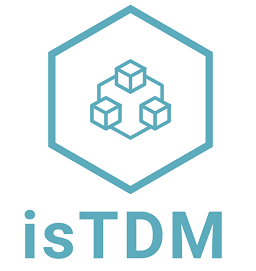Definition(s):
It prevents the occurrence of unintentional TD items and mitigates the risks associated with existing debts. Some actions intend to meet such an objective reference to understanding TD and its impacts. Besides, it encompasses the previous establishment of the acceptable levels of TD in the project iterations.
Source(s):
- Fernández-Sánchez, Carlos, et al. “Identification and analysis of the elements required to manage technical debt by means of a systematic mapping study.” J. Syst. Softw., 124 (2017), pp. 22-38.
- Behutiye, Woubshet Nema, et al. “Analyzing the concept of technical debt in the context of agile software development: A systematic literature review.” Information and Software Technology 82 (2017), pp. 139-158.
- Verdecchia, Roberto, Ivano Malavolta, and Patricia Lago. “Architectural technical debt identification: The research landscape.” Proceedings of the 2018 International Conference on Technical Debt. ACM (2018), pp. 11-20.
- Lenarduzzi, Valentina, et al. “A systematic literature review on Technical Debt prioritization: Strategies, processes, factors, and tools.” Syst. Softw., 171 (2020): 110827.
- Jeronimo Junior, Helvio, and Guilherme Horta Travassos. “Consolidating a Common Perspective on Technical Debt and its Management Through a Tertiary Study.” Information and Software Technology (2022): 106964.
